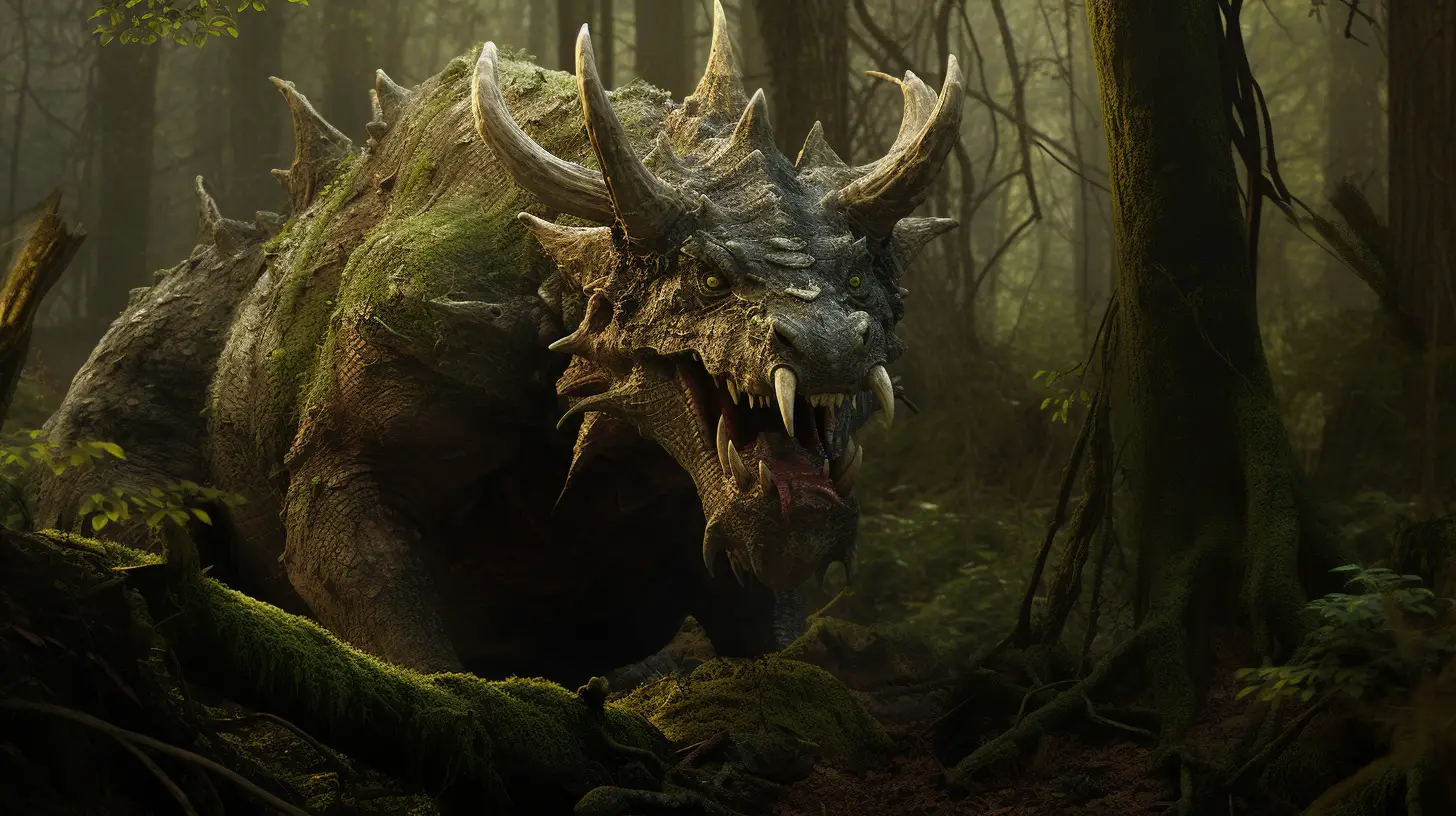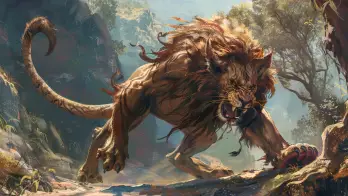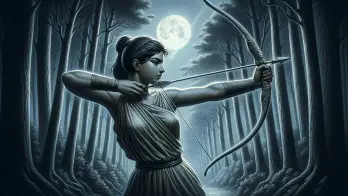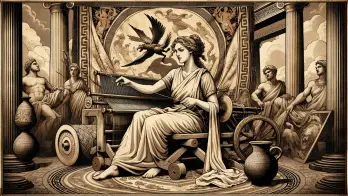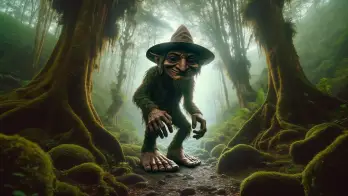The Hodag, a creature of folklore and whimsy, finds its roots in a well-known hoax concocted by Rhinelander local Eugene Shepard in 1893. Despite its origins in playful deceit, the Hodag has transcended its status as mere folklore, captivating the public imagination and becoming a significant tourist drawcard for the Rhinelander region. The creature’s enduring appeal is a testament to the power of local myths in shaping community identity and fostering tourism.
Origins and Cultural Significance
Eugene Shepard’s Prank: Shepard, a land surveyor and prankster, claimed to have discovered the Hodag and even staged its capture, creating a spectacle that garnered local and wider attention. This included photographic evidence and the exhibition of a supposed taxidermied specimen in sideshow amusements. Despite later admitting to the fabrication, the Hodag had already secured its place in local lore.
Physical Description: The Hodag, as imagined by Shepard, is described as a fearsome beast, with a large, spiky back, formidable fangs, and sharp claws. Its portrayal balances a fearsome demeanor with a tongue-in-cheek charm that has endeared it to locals and visitors alike. More recent depictions have tended to soften the beast’s ferocity, in order to better appeal to the tourist market.
Cultural Icon: The Hodag has evolved into an emblem of Rhinelander, influencing local businesses, events like the Hodag Country Festival, and the community’s identity. This mythical creature’s impact on the area’s economic and cultural landscape is significant.
Historical Accounts and Promotions
Historical accounts, including those in local newspapers and as far as the New York Times, initially treated the Hodag story with a mix of skepticism and amusement, contributing to the spread of the legend. Once the creature started being displayed at county fairs, the Smithsonian Institute became interested and announced that they would be sending a representative to examine the monster’s remains – at which time Shepard quickly admitted that the creature was a wooden carving fitted with horns and animal skins as part of an intricate prank.
Comparison to Other Mythical Creatures
Like the Jersey Devil of New Jersey, the Mothman of Point Pleasant, the Loch Ness Monster from Scotland or the Chupacabra of Latin American folklore, the Hodag serves a similar role as a regional cryptid, reflecting unique local folklore and communal identity. While there are those who contend that some of these cryptids are real, as-yet-undiscovered creatures, it’s intriguing that virtually all residents of Rhinelander are confident that the Hodag is not real, yet its shadow has left a similarly indelible imprint on local folklore.
Modern Depictions and Interpretations
- Art and Sculptures: The Hodag continues to be a subject of artistic representation, most notably the sculpture at the Rhinelander Area Chamber of Commerce, which has become a popular tourist attraction and phot opportunity for those passing through the region.
- Children’s Literature and Games: The creature has been featured in various forms of media, from children’s literature like Caroline Arnold’s “The Hodag and the Moon” and Jill Kuczmarski’s Happy the Hodag, to appearances in games like “Wizard101” and “Dungeons & Dragons.” In these, the creature’s appearance and mannerisms differ depending on the target audience, with a far cuter version of the cryptid featured in many child-focused books and souvenirs.
Educational and Scientific Perspectives
While acknowledged as a product of folklore, discussions about the Hodag sometimes delve into comparisons with extinct creatures like the glyptodon, illustrating how legends can be inspired by real animals.
Legacy of the Hodag
The Hodag of Rhinelander is a fascinating example of how a known hoax can evolve into a cherished local myth, influencing community identity and tourism. This legendary creature, born from a blend of tall tale and entrepreneurial spirit, highlights the captivating power of folklore and its ability to shape and enrich regional character and economy.
At Ancient Theory we only use trusted sources to document our articles. Such relevant sources include authentic documents, newspaper and magazine articles, established authors, or reputable websites.
